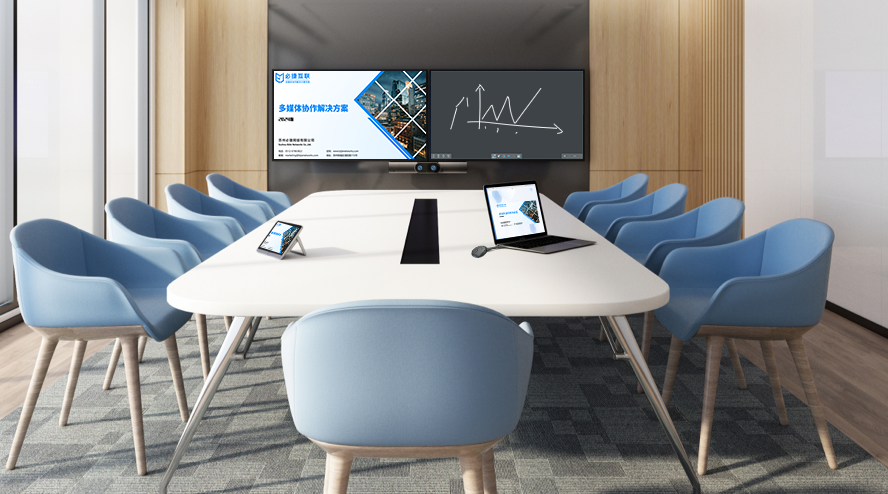How to Choose Enterprise Wireless Screen Mirroring Devices? A Must-Read Procurement Guide
Choosing a suitable set of wireless screen mirroring devices for an enterprise is a key decision to improve collaboration efficiency. Faced with numerous brands, how should you choose? This guide will point you in the right direction.
1. Clarify Core Needs
Conference Room Size
- Small Conference Rooms: Entry-level screen mirroring devices are sufficient, as long as they support simultaneous mirroring for 1-2 people.
- Medium to Large Conference Rooms: Devices need to support 4-screen split (or more) to meet the needs of multi-person collaboration.
Display Requirements
If your scenarios involve 4K design drawings or video demonstrations, be sure to choose devices that support 4K ultra-high-definition (UHD) output to ensure clear image quality.
2. Evaluate Technical Parameters
Protocol Compatibility
Devices must support mainstream protocols such as Miracast and AirPlay. This ensures seamless connection for all types of devices (Windows/Mac computers, Android/iOS phones) used by employees.
Wireless Network
Select devices that support dual-band Wi-Fi (2.4G/5G). The 5G Hz band has less interference and higher transmission speed, which can ensure more stable and smooth screen mirroring.
Connection Methods
Confirm that the device supports multiple connection methods, such as USB button (one-click connection) and software launch (for remote or scheduled use). Diverse connection options adapt to different user habits and meeting scenarios.
3. Focus on Management and Security
Meeting Management
Check if the device supports a host management mode. This allows the meeting host to control mirroring permissions (e.g., approving/rejecting mirroring requests) and switch between shared content, ensuring orderly meetings.
Information Security
Verify if the device provides a guest mode. This mode isolates external visitors’ devices from the company’s internal network, preventing data leakage while facilitating visitor participation in meetings.
Installation & Maintenance
- Is the device easy to deploy? (e.g., plug-and-play without complex configuration)
- Does it support over-the-air (OTA) firmware updates? This ensures the device’s functions stay up-to-date.
When procuring, you should not only focus on price. Instead, comprehensively consider scenario adaptability, technical indicators, and long-term convenience and security of use—this will help you select a device that truly matches the enterprise’s development needs.
